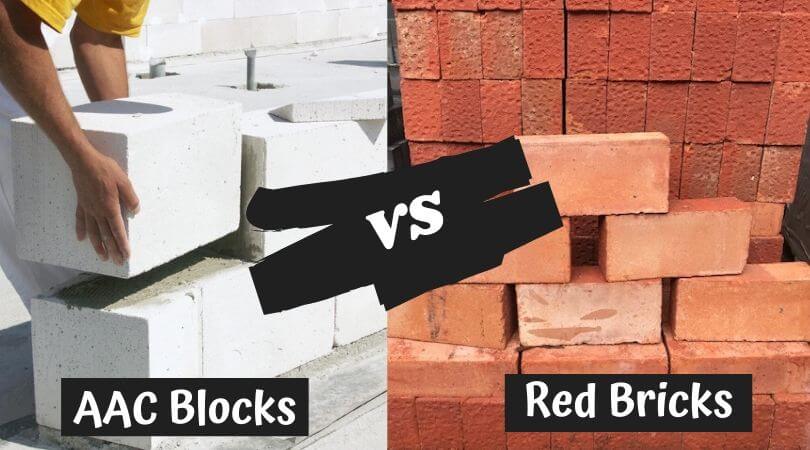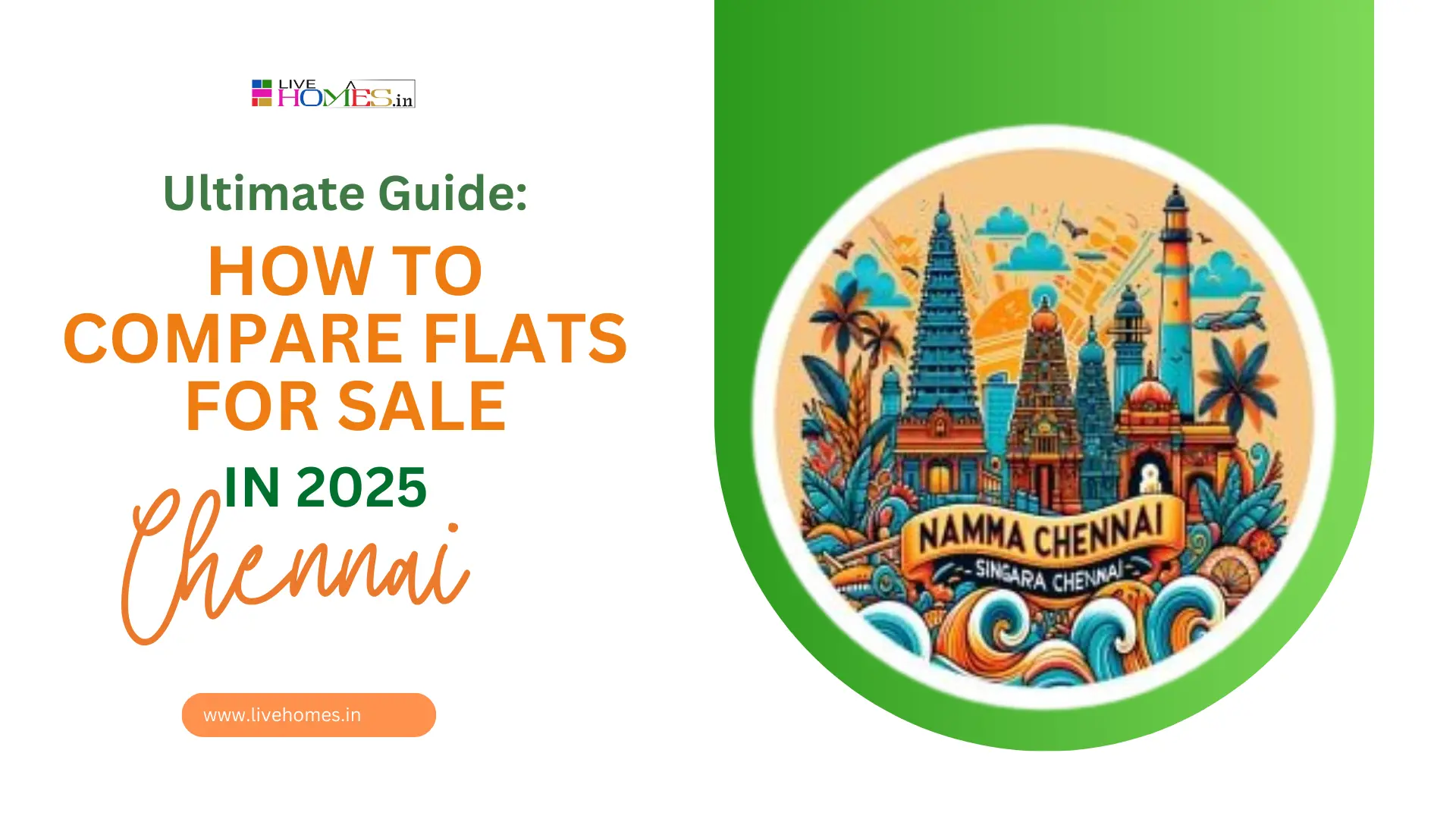Differences between red bricks and Autoclaved Aerated Concrete (AAC) blocks across various parameters:
1. Material Composition
- Red Bricks: Made from natural clay or shale. The clay is shaped into bricks and then fired at high temperatures in a kiln.
- AAC Blocks: Made from a mix of cement, lime, sand, fly ash, and an aerating agent (usually aluminum powder). The mixture is then poured into molds and cured in an autoclave, which involves high-pressure steam.
2. Manufacturing Process
- Red Bricks:
- Molding: Clay is mixed with water, shaped into brick forms.
- Drying: Bricks are dried to remove moisture.
- Firing: Dried bricks are fired at high temperatures in a kiln.
- AAC Blocks:
- Mixing: Ingredients are mixed together to form a slurry.
- Pouring: The slurry is poured into molds.
- Rising: The mixture rises (like bread dough) due to the aerating agent.
- Cutting: The semi-solid material is cut into blocks of desired sizes.
- Curing: Blocks are cured under high-pressure steam in an autoclave, giving them their strength.
3. Physical Properties
- Weight:
- Red Bricks: Heavy, with an average weight of about 2.5 to 3 kg per brick.
- AAC Blocks: Lightweight, about 50% lighter than red bricks. Typically weigh around 600 to 700 kg/m³.
- Strength:
- Red Bricks: High compressive strength, typically around 3.5 to 10 MPa.
- AAC Blocks: Adequate compressive strength, usually between 3 to 7 MPa.
- Size:
- Red Bricks: Standard size is 190 mm x 90 mm x 90 mm. Sizes can vary slightly due to the manual manufacturing process.
- AAC Blocks: Larger and more uniform, commonly available sizes are 600 mm x 200 mm x 200 mm.
4. Thermal and Acoustic Insulation
- Thermal Insulation:
- Red Bricks: Moderate thermal insulation properties. Conductivity is around 0.6 to 1.0 W/m·K.
- AAC Blocks: Excellent thermal insulation due to air pores. Conductivity is around 0.1 to 0.2 W/m·K.
- Acoustic Insulation:
- Red Bricks: Moderate sound insulation.
- AAC Blocks: Better sound insulation, ideal for noise reduction.
5. Water Absorption and Dampness
- Red Bricks: Higher water absorption (up to 20%), which can lead to dampness and efflorescence issues.
- AAC Blocks: Lower water absorption (around 5-10%), reducing the risk of dampness.
6. Environmental Impact
- Red Bricks: Less eco-friendly. The production process consumes topsoil and requires significant energy for kiln firing, emitting CO2.
- AAC Blocks: More eco-friendly. Utilize industrial waste (fly ash), and the production process has a lower carbon footprint.
7. Construction Efficiency
- Labor and Time:
- Red Bricks: Smaller size requires more units and more mortar, leading to higher labor and longer construction time.
- AAC Blocks: Larger size and lighter weight mean fewer units and less mortar, speeding up construction and reducing labor costs.
- Mortar Usage:
- *Red Bricks*: Higher mortar consumption due to smaller size.
- *AAC Blocks*: Lower mortar consumption due to larger size and uniformity.
8. Cost
- Initial Cost:
- Red Bricks: Generally cheaper per brick but can be more expensive in terms of overall construction costs.
- AAC Blocks: More expensive per unit but can lead to lower overall construction costs due to savings on labor, mortar, and structural steel.
- Long-term Cost:
- Red Bricks: Higher maintenance costs due to potential issues with dampness and efflorescence.
- AAC Blocks: Lower maintenance costs and energy savings due to better thermal insulation.
9. Usage and Applications
- Red Bricks: Widely used in traditional residential buildings, small-scale construction projects, and where heavy structural strength is essential.
- AAC Blocks: Preferred in modern construction, high-rise buildings, commercial projects, and green buildings focusing on energy efficiency and sustainability.
Summary
- Red Bricks offer high strength and are a traditional choice, but they are heavier, have higher water absorption, and are less energy-efficient.
- AAC Blocks provide excellent thermal and acoustic insulation, are lightweight, eco-friendly, and can result in faster and more cost-effective construction.
https://www.livehomes.in/blogs













